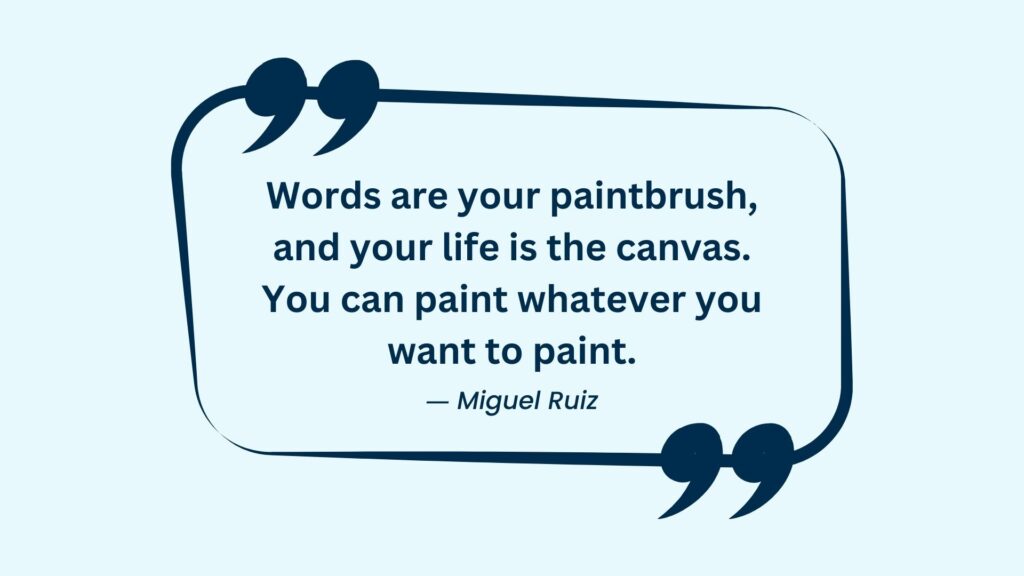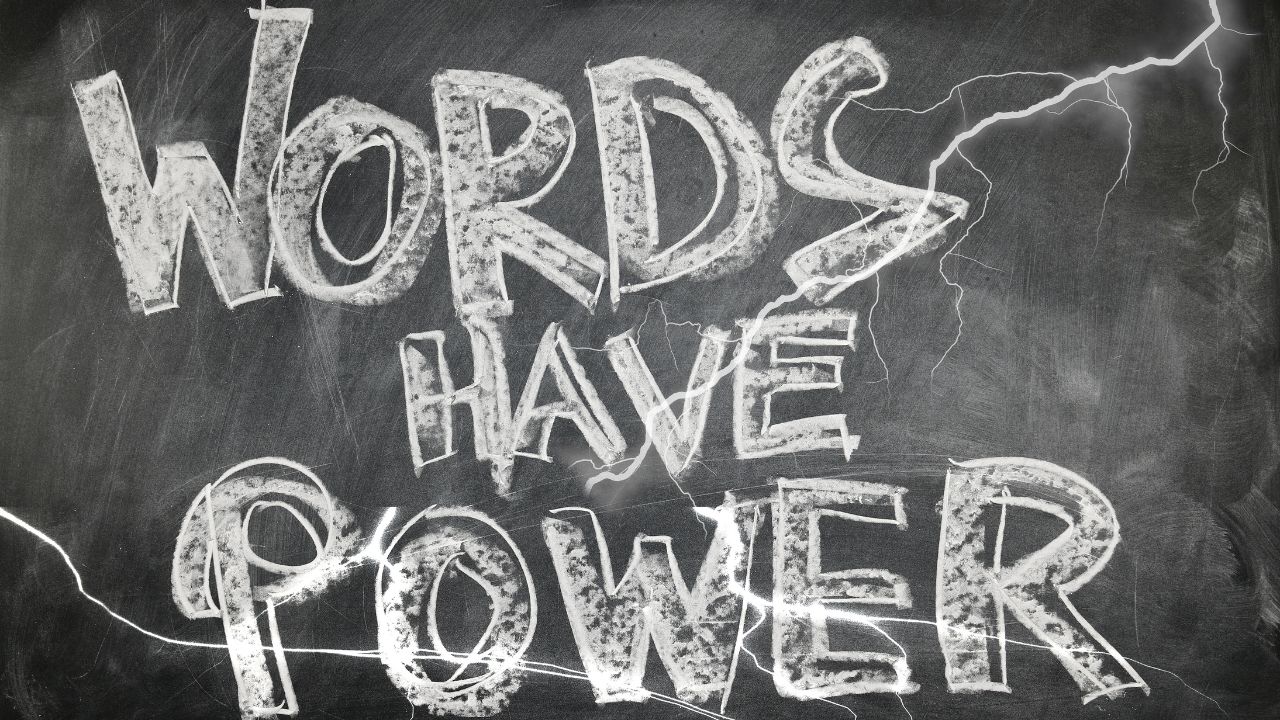Table of Contents
The power of words is undeniable. They have the ability to inspire, persuade, and move us in ways we never thought possible. As a writer, your choice of words can make or break your message. That’s where rhetorical devices come in – they are powerful tools that can help you captivate your audience and leave a lasting impression. Whether you’re writing a blog post, an essay, or even a speech – understanding how to use these techniques can take your writing to the next level. In this article, we’ll explore just how essential rhetorical devices are for creating compelling content and examine some key examples that will help elevate your writing game!
Rhetorical devices
Rhetorical devices are techniques used by writers and speakers to make their message more impactful. These tools can help convey complex ideas in a clear and concise way, as well as add depth and emotion to your writing.
One of the most common rhetorical devices is repetition. This technique involves repeating key words or phrases throughout your text for emphasis. It can be particularly effective when trying to drive home a point or create a sense of unity within your writing.
Another useful tool is analogy – comparing one thing to another in order to explain it better. Analogies are great for making abstract concepts more relatable and easier to understand.
Metaphors are also powerful rhetorical devices that can add depth and meaning to your writing. They allow you to paint vivid imagery with just a few well-chosen words, evoking emotions and creating connections between seemingly unrelated things.
There’s hyperbole – exaggerating something for effect. Hyperbole can be an effective way of adding humor or drama into your text, but should be used sparingly so as not to overshadow the overall message.
Understanding how these rhetorical devices work together can help you craft compelling content that engages readers on multiple levels!
The power of words
Words are the backbone of communication. They have the power to inspire, motivate and persuade people. Words can evoke emotions and shape opinions, making them a powerful tool in writing. When used effectively, words can make or break your writing, which is why it’s important to understand their true power.
Every word you choose has an impact on your audience. The right words can create an emotional connection with your readers while the wrong ones may turn them off completely. This is why choosing the right words is critical for creating content that resonates with your target audience.
The power of words goes beyond simply conveying information; they also have the ability to influence behavior and change perceptions. Whether you’re looking to sell a product or service or convince someone of a particular point of view, using persuasive language and rhetorical devices can help you achieve these goals.
In today’s digital age where attention spans are short and competition for eyeballs is fierce, it’s more important than ever to use language that captures attention quickly and holds onto it throughout your piece.
Ultimately, understanding the power of words allows writers to craft compelling messages that resonate with their target audiences while achieving their desired outcomes. The difference between good writing and bad writing often comes down to how well writers wield this powerful tool: one word at a time!
Also Read : Express Yourself: Discover the Power of 250+ Words to Describe Your Unique Self
How to use rhetorical devices in your writing
To effectively use rhetorical devices in your writing, it’s important to understand what they are and how they work. First, identify the purpose of your writing and consider which device would best serve that purpose. For example, if you want to persuade readers, using repetition can be a powerful tool.
Another way to use rhetorical devices is by incorporating figurative language like similes or metaphors. These comparisons help readers visualize concepts and ideas in a more relatable way.
Using parallelism is another effective strategy for emphasizing important points in your writing. By repeating similar grammatical structures, you create a sense of rhythm that draws attention to key ideas.
Don’t be afraid to use rhetorical questions in your writing. This type of question is asked not for the sake of receiving an answer but rather to make readers think about the topic at hand from a different perspective.
Incorporating rhetorical devices into your writing takes practice and experimentation but can ultimately enhance the impact and persuasiveness of your message.

Examples of rhetorical devices
Rhetorical devices are a powerful tool in writing. They can help writers to add depth and meaning to their work, making it more engaging for readers. Here are some examples of rhetorical devices that you can use in your own writing.
One of the most common rhetorical devices is repetition. This involves repeating a word or phrase multiple times throughout a piece of writing, which helps to emphasize its importance. For example, Martin Luther King Jr.’s famous “I Have A Dream” speech uses repetition when he says “I have a dream” multiple times throughout the speech.
Another effective rhetorical device is metaphor. Metaphors help to create vivid imagery that engages readers’ imaginations and emotions. For instance, Shakespeare’s play Macbeth famously refers to life as “a tale told by an idiot, full of sound and fury signifying nothing.”
Hyperbole is another popular rhetorical device used in literature and everyday conversation alike. It involves exaggerating something beyond belief in order to make a point or convey emotion effectively. For instance, saying “I could eat a horse right now!” when you’re just hungry.
Irony can be an extremely effective way of conveying meaning through language by expressing the opposite sentiment from what’s actually intended–often with humorous consequences!
These are just a few examples of the many different types of rhetorical devices available for writers looking for ways to enhance their work and captivate their audience!
The difference between good and bad writing
Good writing is an art form that takes practice and dedication to achieve. It’s not just about having good grammar or proper punctuation, but rather the ability to convey a message in a clear and engaging way. On the other hand, bad writing can be confusing, dull, and unappealing.
One of the main differences between good and bad writing is the use of rhetorical devices. A skilled writer knows how to incorporate these devices into their work seamlessly, while a poor writer may overuse them or neglect them altogether.
Another key difference lies in the level of detail provided. Good writers understand the importance of being specific without being overly verbose or repetitive. They know when to provide background information versus getting straight to the point.
Additionally, tone plays a significant role in determining whether writing is considered “good” or “bad.” An author who writes with an engaging voice will keep readers interested and invested in what they have to say.
Editing is crucial for producing high-quality content. Revising one’s own work can make all the difference between mediocre prose and exceptional writing. Good writers are willing to put in extra effort after completing their first draft by proofreading several times for errors.
In summary, there are many factors that differentiate good from bad writing – including rhetorical device usage, attention-to-detail , tone management as well as editing skills- ultimately culminating into either great piece of literary artwork or unengaging literature with little impact on its intended audience.
Also Read : Narrative Essay Examples: Inspiring Stories That Showcase the Power of Personal Narration
Conclusion
The power of words is undeniable. They have the ability to persuade, inspire and move people into action. However, it’s how we use these words that can make or break our writing.
Rhetorical devices are a powerful tool that writers can utilize to improve their writing skills and engage their readers. By understanding what makes a good rhetorical device and how to apply them in your writing, you can create content that not only captures but also holds your reader’s attention.
Remember, good writing is about using language effectively to communicate ideas clearly and concisely. It takes practice to master both the art of rhetoric as well as writing itself. But with time and dedication, anyone can achieve great results.
So go ahead – experiment with different rhetorical devices in your own writing today! Whether you choose metaphorical language or persuasive appeals like logos or pathos; finding ways to weave these elements seamlessly into your text will help elevate your work from mediocre prose into something truly extraordinary!








